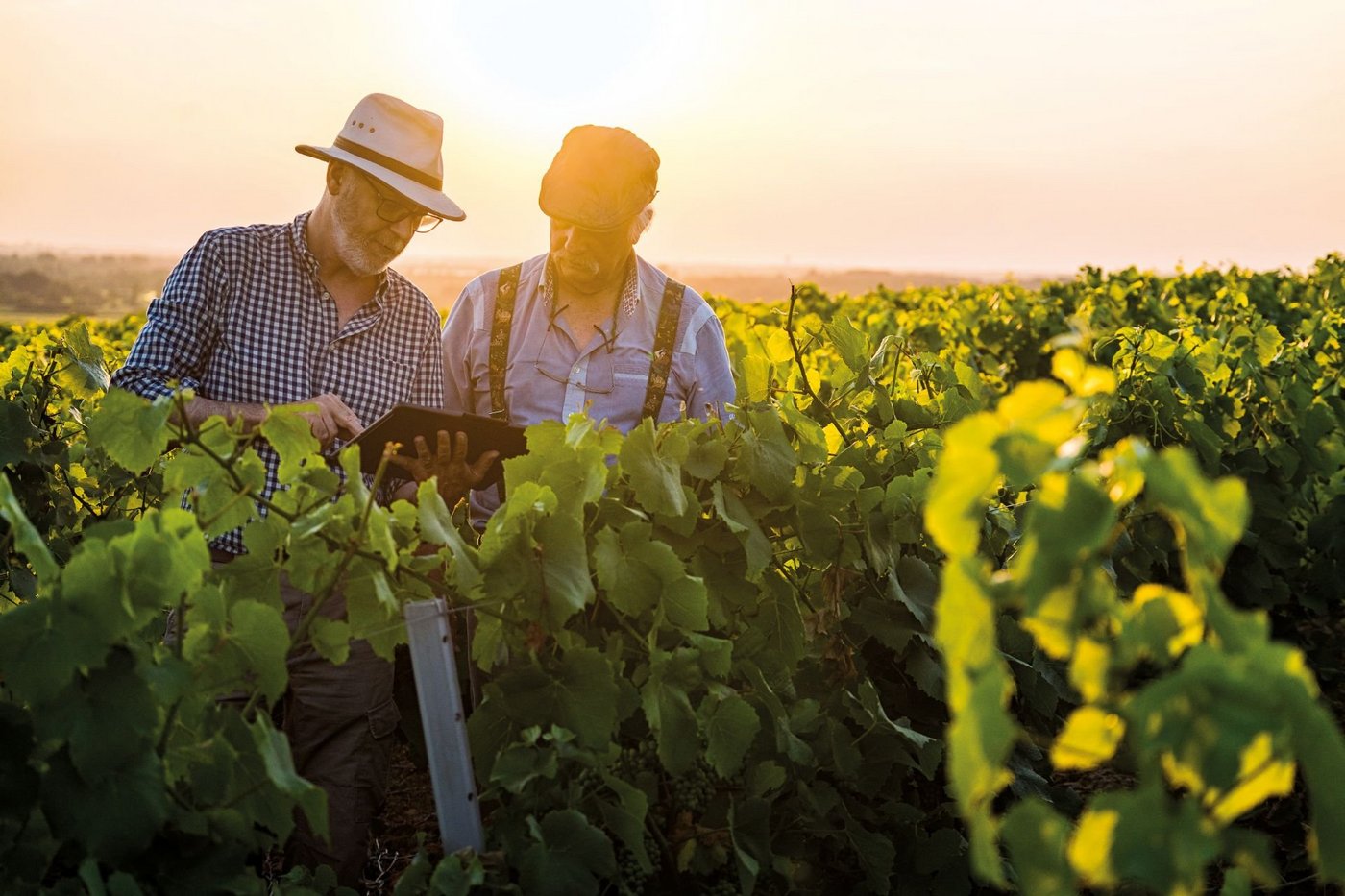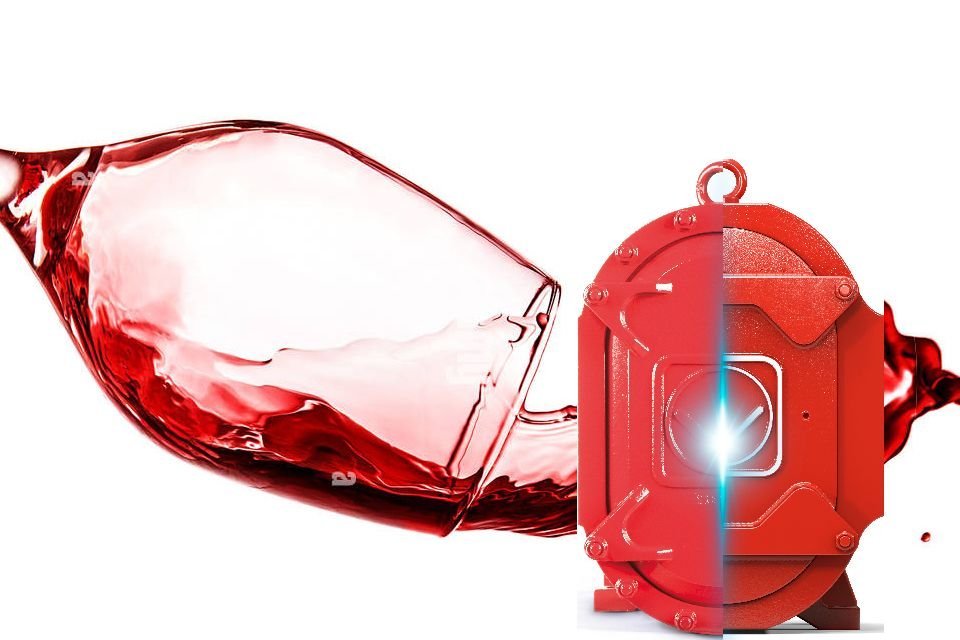Smooth pumping of grapes, must and wine
Industrial applications in the wine industry
Market requirements
Gentle, pulsation-free and ecocomical pumping
Vogelsang solution
Wine pump
While the pumping of must is still relatively undemanding in terms of technology, the pumping of whole grapes has much higher requirements. The pumping process needs to be gentle and the grapes must not be damaged before they are processed.
Vogelsang industrial pumps can carry solid matter of up to 90 mm and their operation is particularly smooth and gentle due to their sophisticated design as well as their low torque.
These are properties that are also beneficial for the wine, since it comes into contact with less oxygen. Alternatively, centrifugal pumps produce significantly more pressure, causing the sugar to separate, leading to a loss in quality in the end product. Progressive cavity pumps require more space than rotary lobe pumps and are less mobile and flexible.

Media processed in the wine industry



